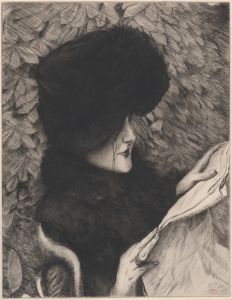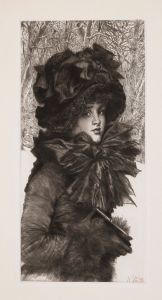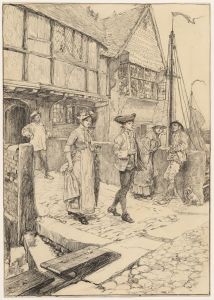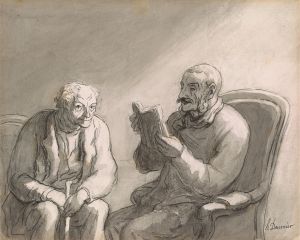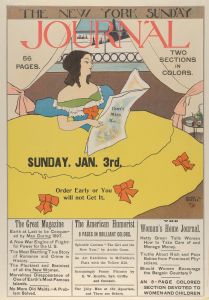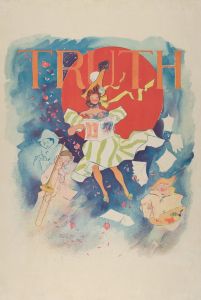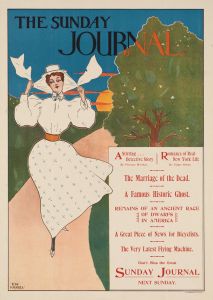
The Sunday world, July 19th
A hand-painted replica of Ernest Haskell’s masterpiece The Sunday world, July 19th, meticulously crafted by professional artists to capture the true essence of the original. Each piece is created with museum-quality canvas and rare mineral pigments, carefully painted by experienced artists with delicate brushstrokes and rich, layered colors to perfectly recreate the texture of the original artwork. Unlike machine-printed reproductions, this hand-painted version brings the painting to life, infused with the artist’s emotions and skill in every stroke. Whether for personal collection or home decoration, it instantly elevates the artistic atmosphere of any space.
Ernest Haskell was an American artist known for his contributions to illustration, printmaking, and painting during the late 19th and early 20th centuries. Born on June 30, 1876, in West Woodstock, Connecticut, Haskell developed a reputation for his detailed and expressive works, which often included posters, portraits, and landscapes. He was particularly noted for his mastery of etching and his innovative approach to advertising art.
"The Sunday World, July 19th" is one of Haskell's works that exemplifies his skill in illustration and printmaking. Although specific details about this particular piece are limited, it can be understood within the broader context of Haskell's career and the era in which he worked. During the late 1800s and early 1900s, newspapers and periodicals were a primary source of information and entertainment for the public. Artists like Haskell were often commissioned to create illustrations and advertisements for these publications, which were crucial for attracting readers and subscribers.
Haskell's work for newspapers such as "The Sunday World" would have involved creating visually compelling images that captured the attention of the audience. His style was characterized by a keen attention to detail and a strong sense of composition, which made his illustrations stand out in the competitive field of print media. Haskell's ability to convey complex narratives and emotions through his art made him a sought-after illustrator during this period.
Throughout his career, Haskell was influenced by the Art Nouveau movement, which is evident in the flowing lines and organic forms present in many of his works. This influence can also be seen in his poster designs, which often featured elegant and stylized figures. Haskell's posters were not only used for commercial purposes but also appreciated as works of art in their own right.
In addition to his commercial work, Haskell was an accomplished fine artist. He produced numerous etchings and paintings, exploring themes of nature and the human form. His etchings, in particular, were highly regarded for their technical precision and artistic depth. Haskell's contributions to the field of printmaking were significant, and he was recognized as one of the leading American etchers of his time.
Ernest Haskell's legacy is preserved through his diverse body of work, which continues to be studied and appreciated by art historians and enthusiasts. His ability to bridge the gap between commercial and fine art has cemented his place in the history of American art. While specific information about "The Sunday World, July 19th" may be limited, it serves as a testament to Haskell's skill and versatility as an artist working at the intersection of media and art during a transformative period in American history.





